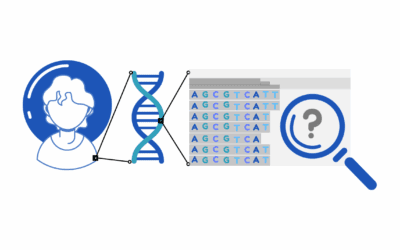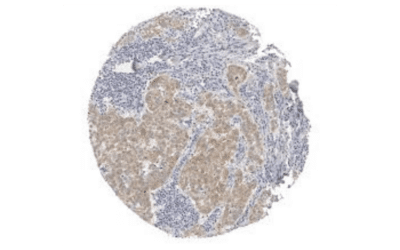Breast cancer is the second most common cause of cancer death among Canadian women. Most deaths occur because the cancer spreads to other parts of the body. Catching breast cancer early, before it spreads, can greatly improve treatment outcomes and save lives. Genetic...
Bright Run funded projects
Contralateral breast radiation to prevent contralateral breast cancer in BRCA1/2 carriers
Women with inherited BRCA1 or BRCA2 gene mutations face a high risk of developing breast cancer in both breasts. When diagnosed with cancer in one breast, many women choose breast-conserving therapy (lumpectomy followed by radiation) instead of removing both breasts....
Post-Mastectomy Body Image Concerns
Women with breast cancer can often experience concerns about how their body looks after surgery to remove one or both breasts. Changes in physical appearance can be very distressing, and can negatively impact a person’s mental health, relationship with others, and...
Decoding the Function of Kaiso
Breast cancer remains the most common cause of cancer deaths in women worldwide, and triple-negative breast cancer (TNBC), is a very aggressive type of breast cancer with no specific treatment. TNBC is most common in young Black women for unknown reasons. The primary...
Can we be more efficient in the delivery of adjuvant radiotherapy?
Typically, following a lumpectomy for breast cancer, patients receive radiotherapy (RT) to the breast to reduce the chance of cancer recurring in the breast. This is now often given in five daily treatments (called fractions) over one week based on the results of a...
Evaluation of AI Tools for the Development of Evidence-Based Cancer Guidelines
Medical clinical practice guidelines serve as roadmaps for clinicians to provide step-by-step instructions on the best ways to treat patients. However, creating a reliable medical guideline is a lengthy process. Screening thousands of articles from literature searches...





